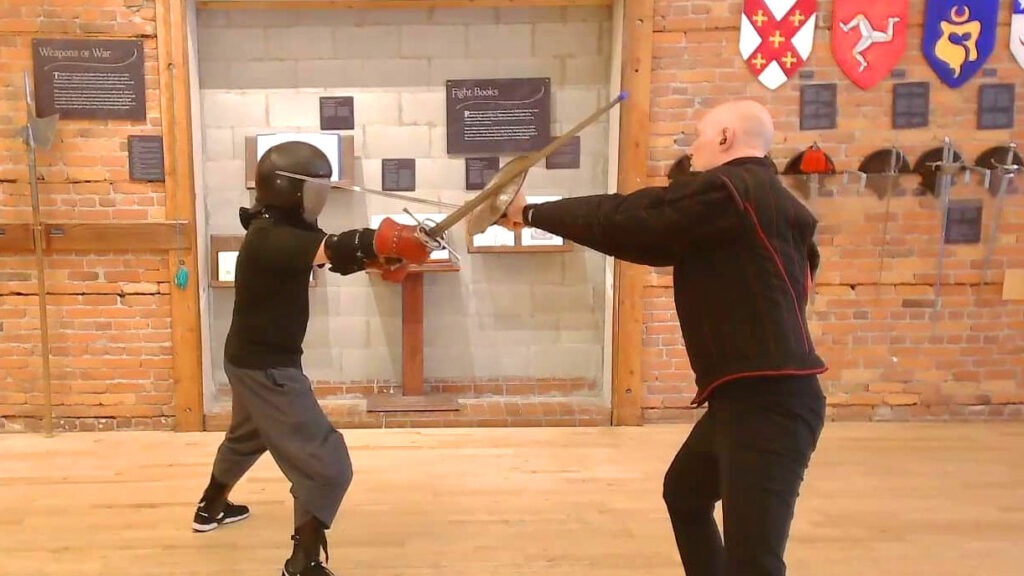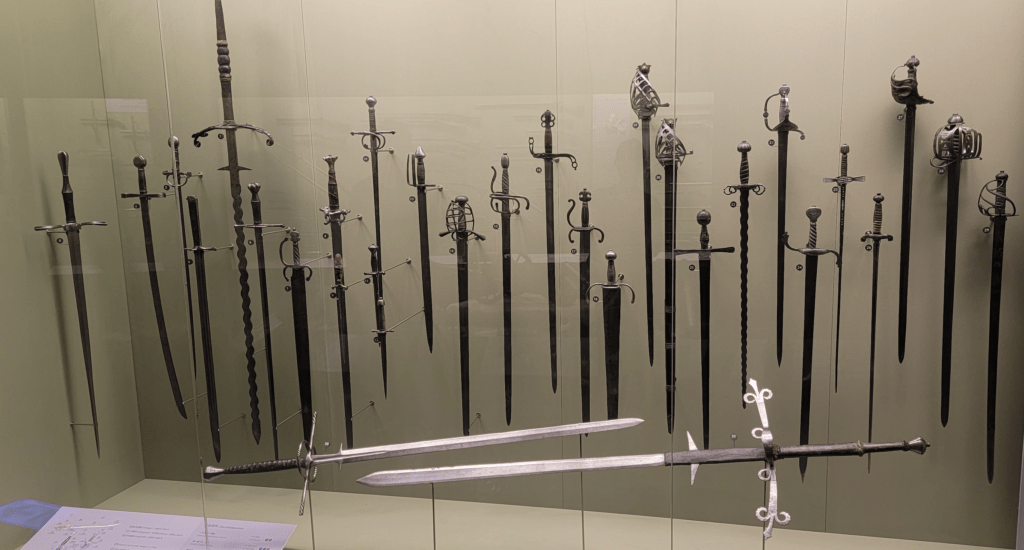What’s the Deal with Bucklers?
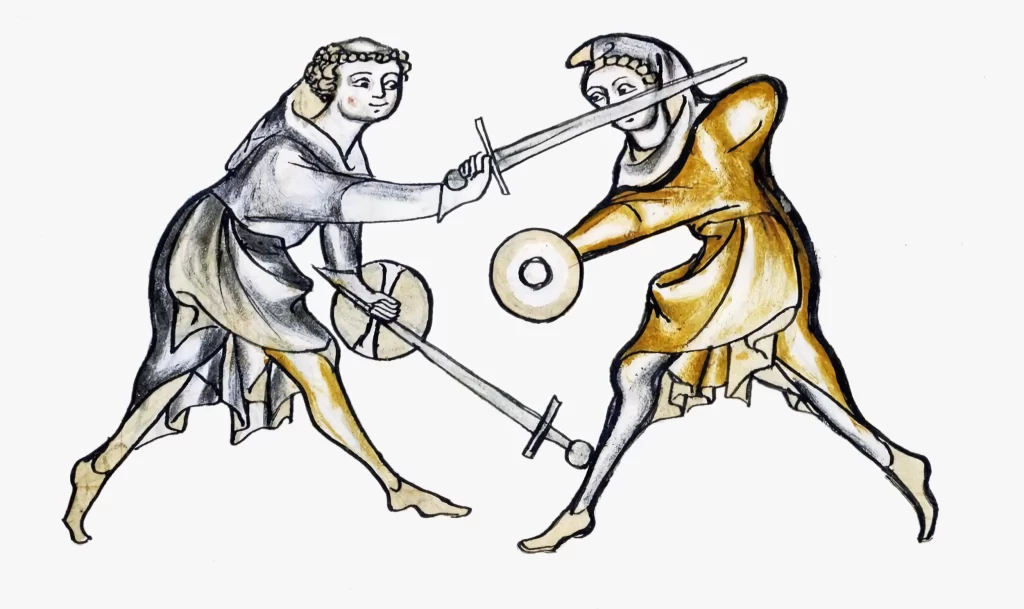
When I post videos of sword and buckler techniques online, it’s not unusual for a few comments to incredulously remark on the size of the buckler: “You call that a shield?” “What’s that hubcap you’re holding?”
Instead of simply responding, “It’s not the size, it’s what you do with it,” I thought it would be worth exploring the unique nature of the buckler compared to other shields.
Shields of All Sizes
Shields have come in many shapes and sizes throughout history and culture from large round shields, to tear drop shapes, to shields that cover no more than the hand.
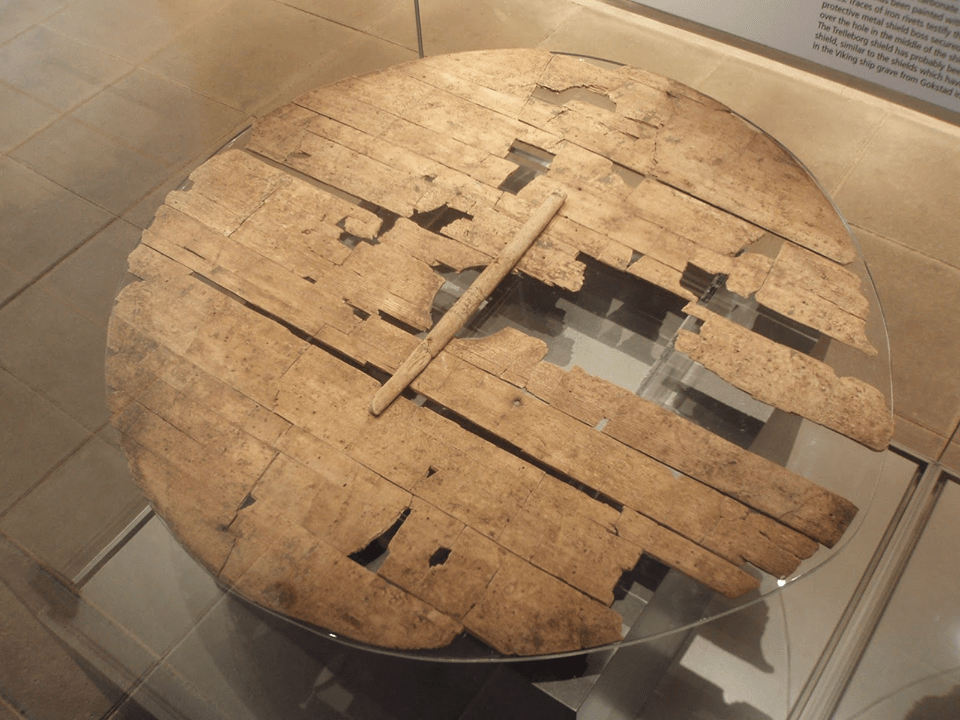

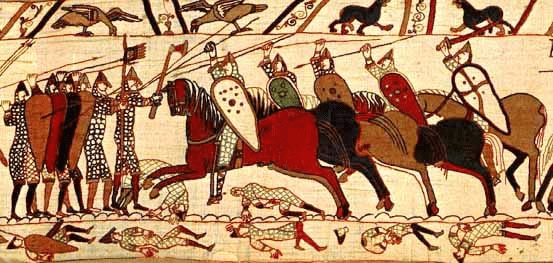
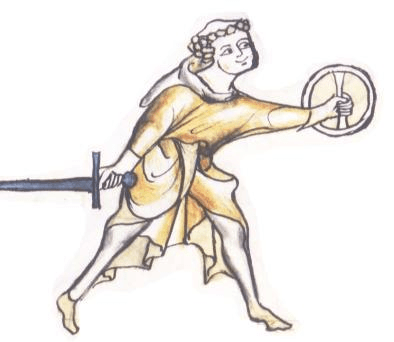
Large shields have the advantage of covering a broad area of the holder’s body. They are particularly useful when you might be getting shot at by bows and receiving attacks from many different directions. They can also be linked together with other shield-mates in formations that serve to protect a unit instead of simply an individual.
However, they have the disadvantage of limiting what the holder can do with their own weapon. With most large shields, one cannot easily make attacks from the offside, or even complete an angled slash from the sword side without pulling the shield back to make room for the arm and weapon.
Bucklers provide significantly less cover, but in exchange for cover, they offer both mobility and far less restriction of what’s possible with your weapon. Their smaller size also means they can be made from heavier, significantly more rigid materials, such as steel, without being too heavy to use. Bucklers are also significantly more portable, so much so that they could be clipped onto a belt and carried along with a sword, making them more compatible with urban settings and for self-defense.
Projection and Protection
Bucklers can be as small as six inches in diameter and as large as sixteen inches (while still qualifying as a buckler). Their relatively light weight means they can be more easily extended out at arm’s length from the holder’s body. This projection allows the buckler to cut off attacks closer to their source and thus create a much larger defensive silhouette than their size might at first suggest.
While held extended, the buckler also does not impede the holder’s ability to throw blows effectively from both sides of their body. The more resilient material also means that the buckler is more durable and acts as a deflector of blows rather than an absorber. These aspects generally give an advantage to a skillful martial artist, allowing them to combine the offensive and defensive qualities of both their sword and buckler. This is particularly true in a context such as civil defense or dueling, where the environment is less chaotic than a battlefield.
How to Use a Buckler
In sword and buckler use, the goal is to maximize the buckler’s defense while giving yourself the utmost freedom to bring your swordwork to bear both defensively and offensively. There are three primary goals:
- Protect the sword hand.
- Project the maximum silhouette.
- Impede attacks at their source.
To do this the buckler is typically extended directly out from the offside shoulder toward the opponent directly or oriented toward the hilt of their sword (the source of all attacks).
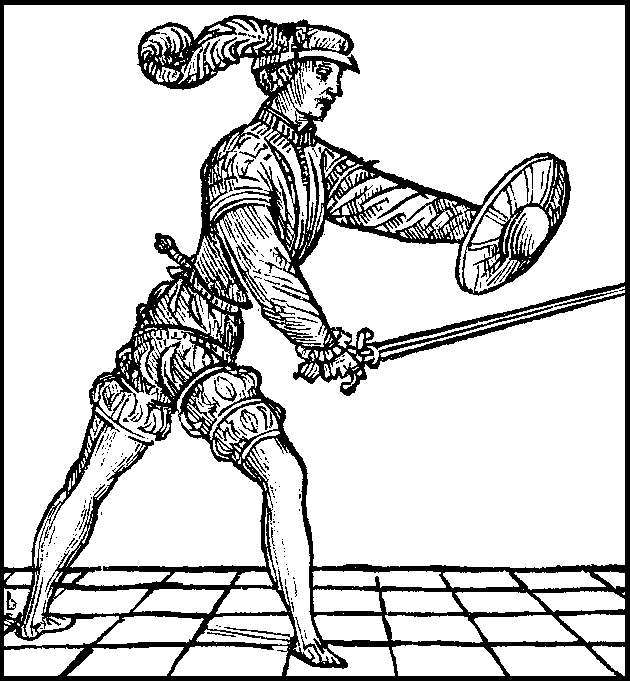
Combined Offense and Defense
The most common error is pulling the buckler away when you attack with your sword. In this way you give up the defense of the buckler, in particular of your sword arm, when your sword arm is most exposed.
To maintain protection of the arm and maximum projection of the buckler there are a few coordinated movements you need to learn.
In large cuts that come from the shoulder (typically done from further distances as you enter into combat) you necessarily must withdraw the buckler to allow the sword arm to pass and reset high or low. Yet you want to accomplish this in such a way that the buckler protects the hand and body for the maximum amount of time before drawing back. You’ll see in this shoulder cutting pattern the buckler always extends out ahead of the sword hand and does not begin to withdraw until the sword is moving away from the opponent.

When you close to tighter distances its important to keep the shield ahead of you at all times. In these cases cuts are thrown from the wrist or elbow and the buckler rotates in such a way as to create a path for the sword to travel while maintaining as much face-on orientation as possible. This is done properly by rotating the arm and flaring the buckler edge by either pushing with the heel fo the hand or pointing the thumb. These movements allow the buckler’s face, through its handle, to stay connected to the bones of the arm for maximum bio-mechanical strength whiel also keeping the buckler in advantageous position—versus breaking at the wrist, or dropping the arm.
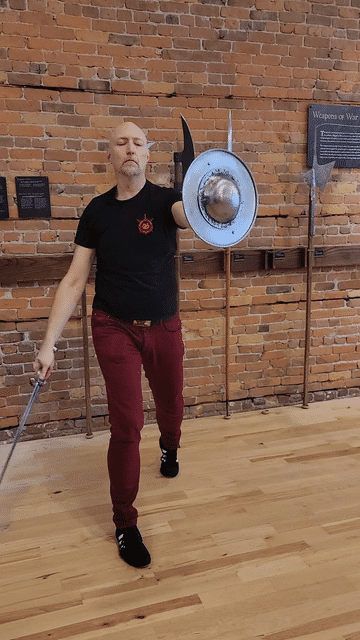
Practice Practice Practice
Learning to make these movements with fluidity and precision takes lots of practice but hard work pays off both in your combat performance as well as in your general grace and capability with the weapon.
Here is a video of me moving through an improvised assault of arms with the sword and buckler that might provide some inspiration:
We have numerous courses on the use of the sidesword alone and with the buckler on DuelloTV. A great place to get started is with the Sidesword Fundamentals Course. These lessons will get you moving with competence and grace with the sword alone and paired with the buckler.
I hope you’ll begin your journey with us and start building your mastery of Duello Armizare.
